Surf Beach Fishing Tips that will help you increase your chances of catching fish at your favorite spot. We never stop learning when it comes to fishing. As an angler, any information you get will improve your skills and make you better.
Surf Beach Fishing Tips
1. Select the right rod
Finding the right rod can be challenging especially for beginners. The choice is further complicated by the multiple options available from different manufactures.
The first thing to consider when choosing your fishing rod is your budget. You can get the Okuma Longitude surf fishing rod. Which has lengths of between 9-12 feet and has a rating of 48 ounces. The rod costs about $50-$85.
When you’re selecting your rod, you also need to consider the weight rating. If you intend to use small bait such as small cut bait, shrimp, and fish bites, then you can use a rod that has a rating of about 2-6.
If you intend to use the rod against big baits, it’s advisable to go for rods with a rating of between 6-1 ounces.
The length of the rod also matters. When surf fishing, don’t go for a rod that is less than 9 feet unless you’re fishing small lures. If you’re casting big bait go for rods that are at least 12 feet.
2. Find the sweet spot for your rod.
After purchasing your rod, you have to test it and find its sweet spot. If you under load it, it will not have enough spring action. This means that it will be difficult to fling it out into the horizon and reach the distance you desire.
On the other hand, if you overload the rod, you run the risk of the rod snapping. The best way to fish the sweet spot is to load with the rod’s median rating. As an example, if the rod is rated 8 ounces, then load it with 6 ounces.
3. Don’t overcast
When surf fishing casting hard is not always necessary. The fish aren’t always way out in the distance, sometimes, they are closer than you think.
This is one of the important surf beach fishing tips because it will help you cast where the fish are and increase your chances of catching them. If you’re on the beach and you notice a cut or hole, you need to have the accuracy to get the bait in there.
If you’re a beginner, remember, practice makes perfect. Don’t give up keep practicing and it will become easier and easier as you get the hang of it.
4. Use a tapered shock leader
If you have to tie a thick shock leader of about 50-60 pounds to your mainline, you will have to use a thick knot.
The best way to address this problem is to use a tapered shock leader. The beginning part of the leader is about 16 and increases to about 80 pounds gradually. Because it begins small, you can tie a small knot at the connection.
Tapered shock leaders are good for anglers who fish lower test lines of about 15-20. It’s not advisable to use the tapered shock leaders if you’re using a 40-pound braided knot.
5. Attach your bait to the sinker
When surf fishing, it’s advisable to attach your bait to the sinker. This is an important surf beach fishing tip that can save you hours of headache and bait.
When beach fishing, you often have to cast hard, if you do so, without attaching your bait to the sinker, it will probably fly off.
Attaching it also reduces the chances of you losing your bait when it lands in the water by reducing the shock. Spider weights are some of the best weights to use for this purpose.
6. Tip your bait with fish bites as a bait holder.
You can use Fish Wise which is a great product when fishing for different surf species. I also like to use to hold other types of baits especially the small ones and keep them from flying off.
If you’re fishing with shrimp and squid bait, they can sometimes fly off depending on how hard you’re casting. To prevent this, attach your bait and tip it with fish bites.
Using fish bites also increases the number of strikes and consequently the number of fish you can catch. One of the best combos that you can try is fish bites, shrimp flavored pink, and a small piece of shrimp.
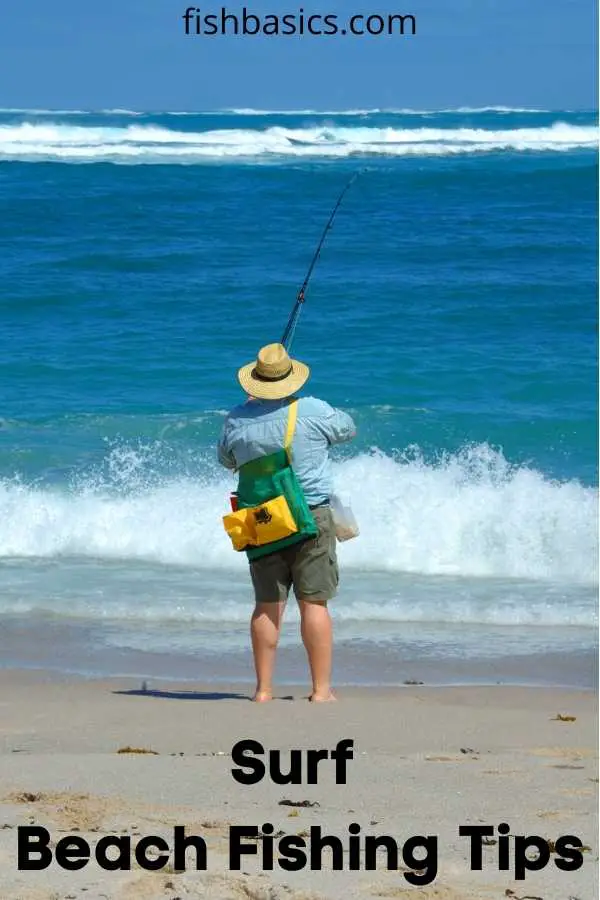
7. Cast into the current
Many anglers miss this point when fishing at the beach. They cast their bait right in front of them without considering the current and the wind.
After casting the bait, the current slowly carries the bait and soon after, the bait is no longer straight ahead.
It doesn’t matter how much weight you cast, if the current is strong, it will still get carried away.
The best cause of action when surf fishing is to cast the bait at an angle. Depending on how strong the current is, you can go as high as 45 degrees into the current.
In like thirty minutes, the current will slowly and gradually settle the bait down. It will end up right in front of you where you want it. It’s important that when you are surf fishing your baits are in front.
Checking where you’re casting is also important because it helps avoid getting entangled with someone else’s lines. When you have a fish on, you want everything to be right in front of you. You don’t want it to the right or left.
Keeping everything straight in front of you also helps prevent the braid from rubbing on the sandbars. The more abrasion you have on the line, the more chances you have of breaking it off.
8. Learn water temperature
The water temperature is an important consideration when surf fishing. The water temperatures change throughout the year as well as from one location to another.
The water temperature significantly influences the types of fish that are present in the water. This is because different types of fish prefer different water temperatures.
Knowing the water temperature will help you know the types of fish in the water. Consequently, increase your chances of success because you will use the right rod, and bait.
9. Spread your combos
When surf fishing, spread your combos to cover a wider area and increase your chances of making a catch.
Ensure that you work out the whole area. Cast your smaller setups in the gut, medium-sized bait past the first sandbar, and the heavy ones as far as possible. Working the beach improves your chances of catching a big fish.
Spreading your combos also helps prevent your lines from tangling. Place them on different parts of the beach as far apart as possible.
You don’t want to get a tangle when you’re reeling in a catch. When you are fighting a fish, you don’t want to tangle with your other combos.
10. Learn the conditions in your area
I cannot emphasize this enough. Learning the prevailing conditions in your area and how it relates to the popular fish will save you countless headaches.
There is nothing more frustrating than trying to catch fish that aren’t there or using combos that will not work for certain fish.
Understanding the conditions will help you target fish that are in season. It will also help you use the right bait for different types of fish.
Granted you can use trial and error to find out what is working and what is not. However, if you do some research on the Internet you will find this information readily.
You will get patterns and conditions and be able to predict when different types of fish will be readily available. You will also be able to plan properly for what kinds of lures to throw at them.
Related Posts:
Final thoughts
Surf fishing is great for both experienced and beginner anglers. I hope you found this post on surf beach fishing tips helpful. If so, please share it and also follow me on Pinterest for more posts on fishing.
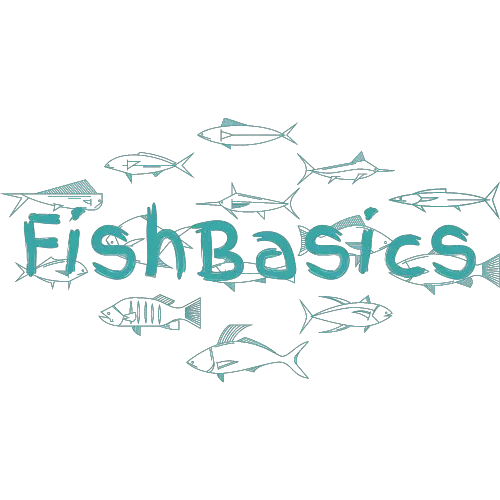
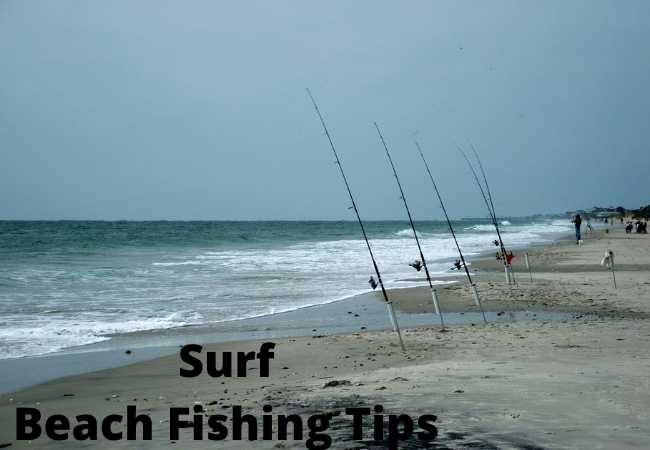

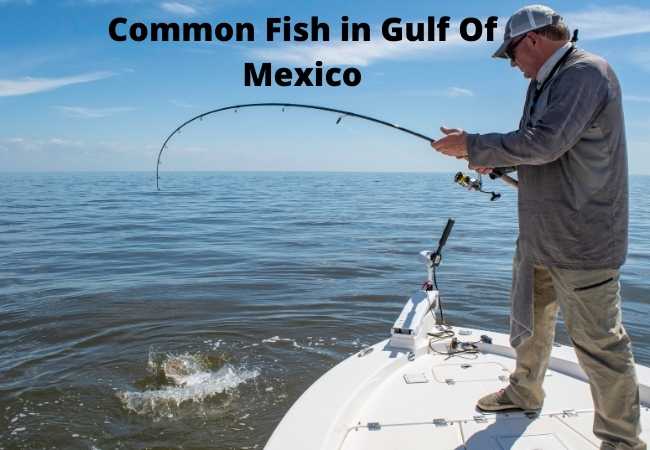


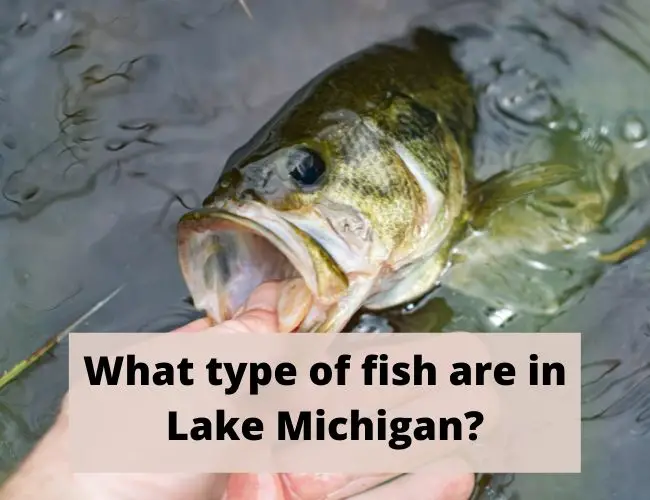
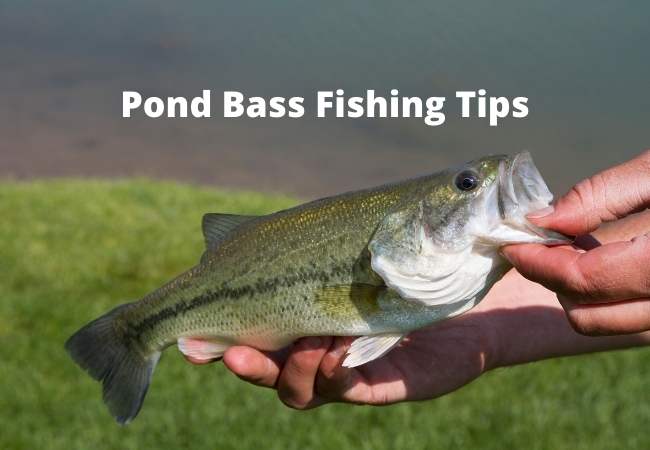

Very good information
Thank you for helping a rookie